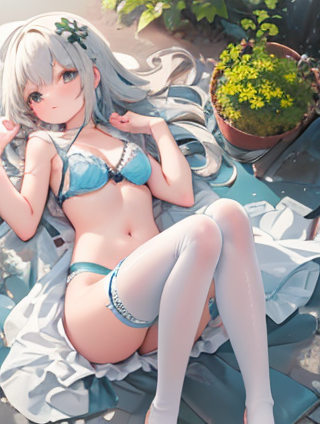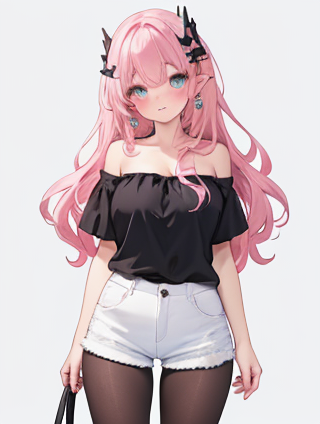FiveYuanSocksforBoysABudget-FriendlyFashionChoiceinChina
- 日常
- 2025-01-27 20:54:38
- 1990
In the vibrant and bustling urban landscape of modern China, budget-conscious parents and young boys can often find a surprising fashion treasure—a pair of socks for as little as five yuan. This affordable price point opens up new possibilities for style enthusiasts who might not have previously considered sock shopping a priority but are now discovering that they can accessorize their outfits without breaking the bank.
The phenomenon of five-yuan socks is not just limited to specific cities or regions; it has become a cultural trend, reflecting broader economic conditions and consumer behavior changes in China. With the rapid growth of e-commerce platforms and the increasing popularity of budget-friendly brands, these affordable socks have found their way into many households, becoming more than mere foot coverings but symbols of fashion affordability.
The Economic Context
To understand why five-yuan socks are so prevalent, one must first consider the economic context in which they exist. China has experienced significant economic growth over recent decades, leading to an increase in disposable income among middle and lower-middle-class families. While living standards have improved, many parents continue to prioritize essential expenses such as education and healthcare while still allowing for some discretionary spending on personal items like fashion accessories.
The affordability of these socks is closely linked to the competitive retail environment in China. With a large market size, retailers are incentivized to offer products at lower prices to attract customers. Additionally, the rise of online shopping platforms has facilitated easier access to such affordable products. E-commerce giants like Taobao and Tmall have made it simple for consumers to find and purchase these socks with just a few clicks.
The Manufacturing Sector
The production sector plays a crucial role in keeping sock prices low. China's textile industry is one of the largest in the world, benefiting from advanced machinery, skilled labor, and optimized supply chains. This industrial infrastructure allows manufacturers to produce high-quality products efficiently, driving down costs significantly. Furthermore, with numerous small and medium-sized enterprises (SMEs) operating within this sector, competition keeps prices competitive while maintaining quality standards.

Cultural Implications

Beyond their economic significance, five-yuan socks also carry cultural implications. In Chinese culture, thriftiness has long been valued as a virtue, and the affordability of these socks resonates with traditional values emphasizing frugality. However, they have also become associated with modern consumer behavior, reflecting a shift towards more conscious spending among younger generations who prioritize value over luxury.

Moreover, these affordable socks serve as an entry point for young boys into the world of fashion, introducing them to trends and styles that might otherwise be out of reach due to higher costs. They provide a platform for self-expression and creativity within limited financial constraints, allowing children to explore different looks without committing significant amounts of money.
Social Media Influence

Social media platforms have played a pivotal role in popularizing five-yuan socks among young boys and their parents. Influencers and fashion bloggers frequently showcase these affordable items as part of their style guides and lifestyle content, often highlighting the affordability and versatility of the products. This has led to increased awareness and interest in these socks among a broader audience.
Hashtags such as #FiveYuanSocks or #BudgetFashion are commonly used on platforms like Weibo and WeChat, creating a community around this niche but widespread product. Parents discussing budget-friendly clothing options for their children often mention five-yuan socks as a go-to item, further cementing their status as a cultural phenomenon.

Educational Value
Interestingly, the affordability of these socks can also serve an educational purpose. By encouraging mindful spending and teaching children about value for money, parents can instill important financial literacy skills from an early age. This approach not only helps in managing household budgets but also promotes responsible consumption habits that can benefit individuals throughout their lives.

Educational programs in schools might incorporate lessons on understanding prices, comparing values, and making informed purchasing decisions using examples like five-yuan socks. Such initiatives could help students develop critical thinking skills related to economics and personal finance management.
Conclusion

In summary, the prevalence of five-yuan socks for boys reflects a complex interplay between economic conditions, manufacturing capabilities, cultural values, social media influence, and educational priorities in contemporary China. These affordable products have become more than just functional items; they represent broader trends in consumer behavior, fashion consciousness, and financial literacy.
For parents navigating the challenges of raising children on limited budgets, five-yuan socks offer a practical solution to basic needs while still allowing for some form of self-expression through personal style. As China continues to evolve economically and socially, such innovations in affordable fashion are likely to persist, potentially influencing future trends and expectations around value and quality in everyday goods.

In the dynamic market landscape of modern China, five-yuan socks stand as a testament to the country's commitment to providing accessible options for all segments of society. Whether used as part of casual wear or as teaching tools, these affordable accessories continue to play a significant role in shaping both individual experiences and broader cultural narratives around consumerism and frugality.